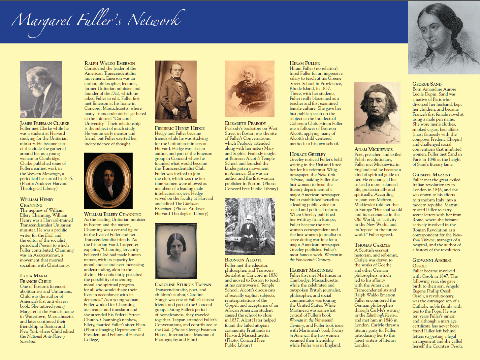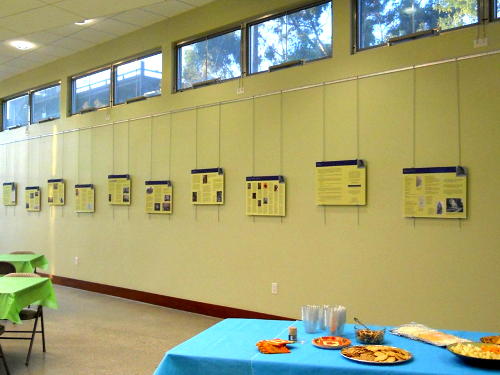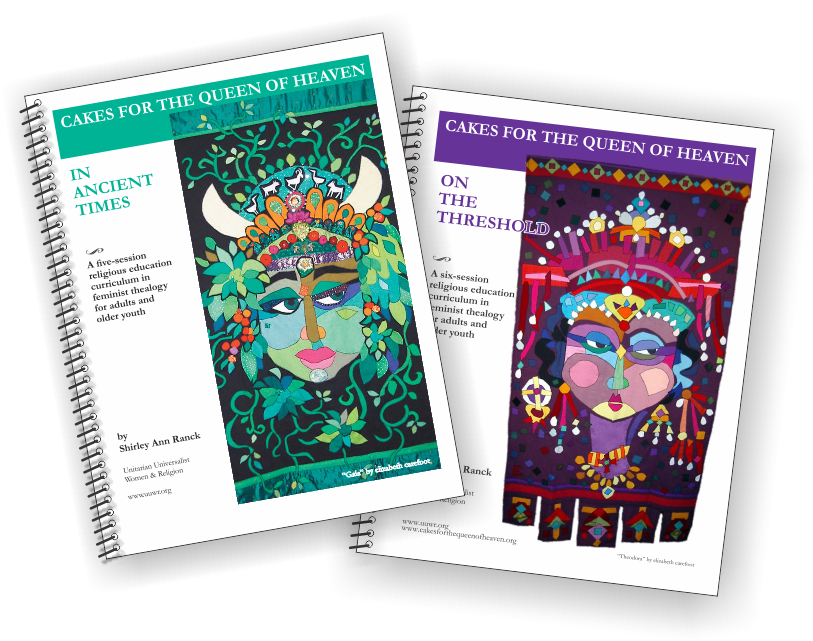“WHY MARGARET FULLER MATTERS”
TRAVELING DISPLAY
 “Why Margaret Fuller Matters” is a series of text-and-image panels designed to answer the fundamental question of why this great nineteenth-century figure remains important two centuries after her birth. Multiple copies will allow various libraries, community organizations, and Unitarian Universalist congregations to present the display.
“Why Margaret Fuller Matters” is a series of text-and-image panels designed to answer the fundamental question of why this great nineteenth-century figure remains important two centuries after her birth. Multiple copies will allow various libraries, community organizations, and Unitarian Universalist congregations to present the display.
For those who have heard of Margaret Fuller only through her connection with her colleagues, Ralph Waldo Emerson, Bronson Alcott, Elizabeth Peabody, and other Transcendentalists, the display will allow them to honor Fuller’s own ideas and contributions. For those who have never heard of Fuller, the display will reveal how her work impacted the actors of the “second revolution” of the nineteenth century—those who dedicated themselves to applying the ideals of the American (“first”) Revolution through courageous actions grounded in revolutionary philosophy and literature.
The ten colorful 24-inch x 18-inch foam core panels that comprise “Why Margaret Fuller Matters” include: an introductory panel; brief sketches of her key colleagues; a chronological telling of her life and her views on women’s rights, education (especially female), class, slavery, American Indian rights, religion, Transcendentalism, her world view as a trans-nationalist, and her vision of a just world.

The author and designer of the display is Bonnie Hurd Smith, who created a similar display on Emerson during his Bicentennial year in 2003. Smith, the author of numerous books on historical subjects, particularly women’s history, also is an accomplished graphic designer.
Photo at right is from the First Unitarian Church of San Diego.
You may check out the Display panels for a minimum of three weeks. Please indicate your preference when requested. Shipping charge is $55 to cover shipping from the Midwest both directions. Requested donation is $100, but you may donate as little as $25. Please indicate your choice when you check out the materials. We do ask for payment in advance.
MFB-Display



